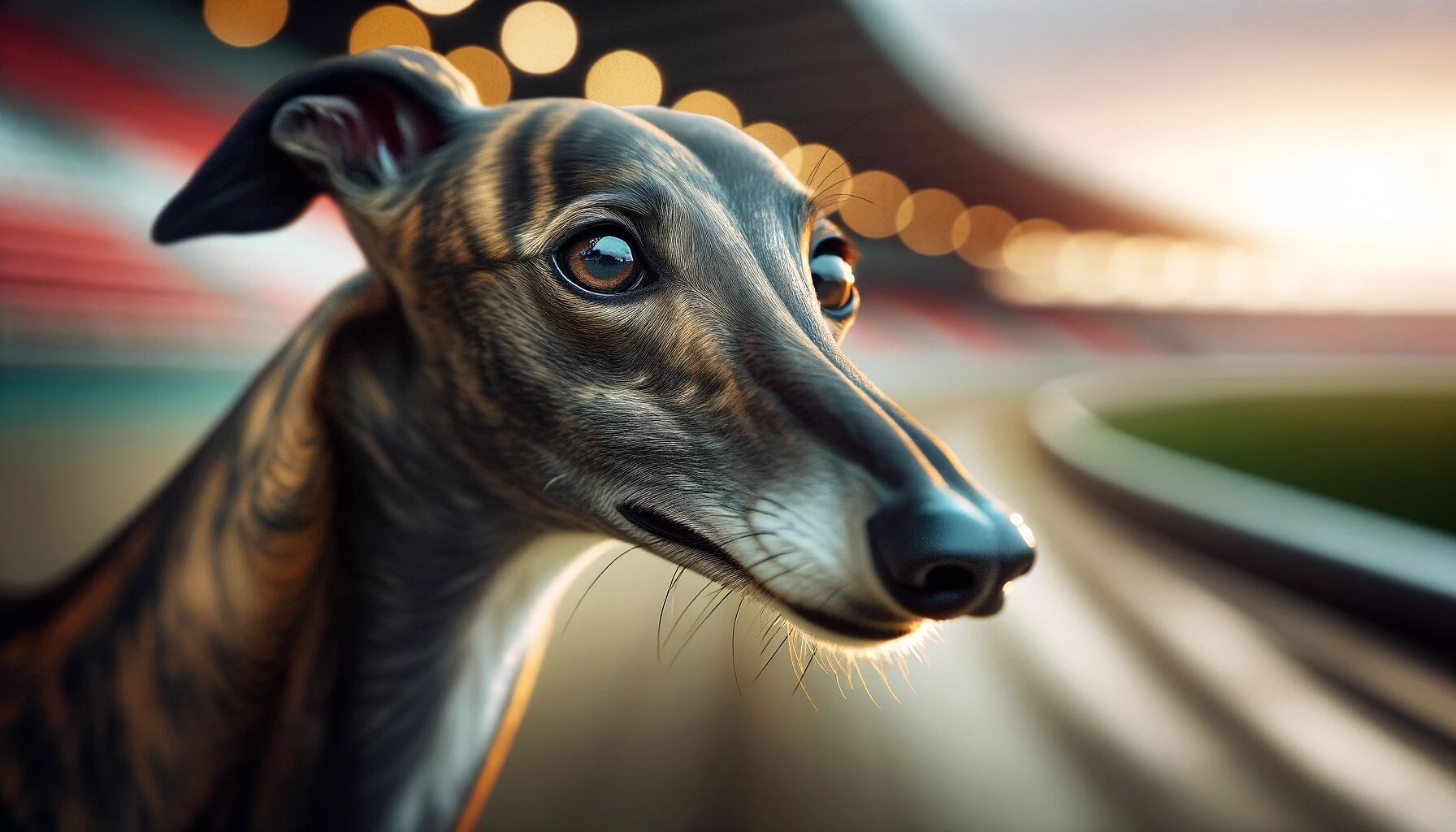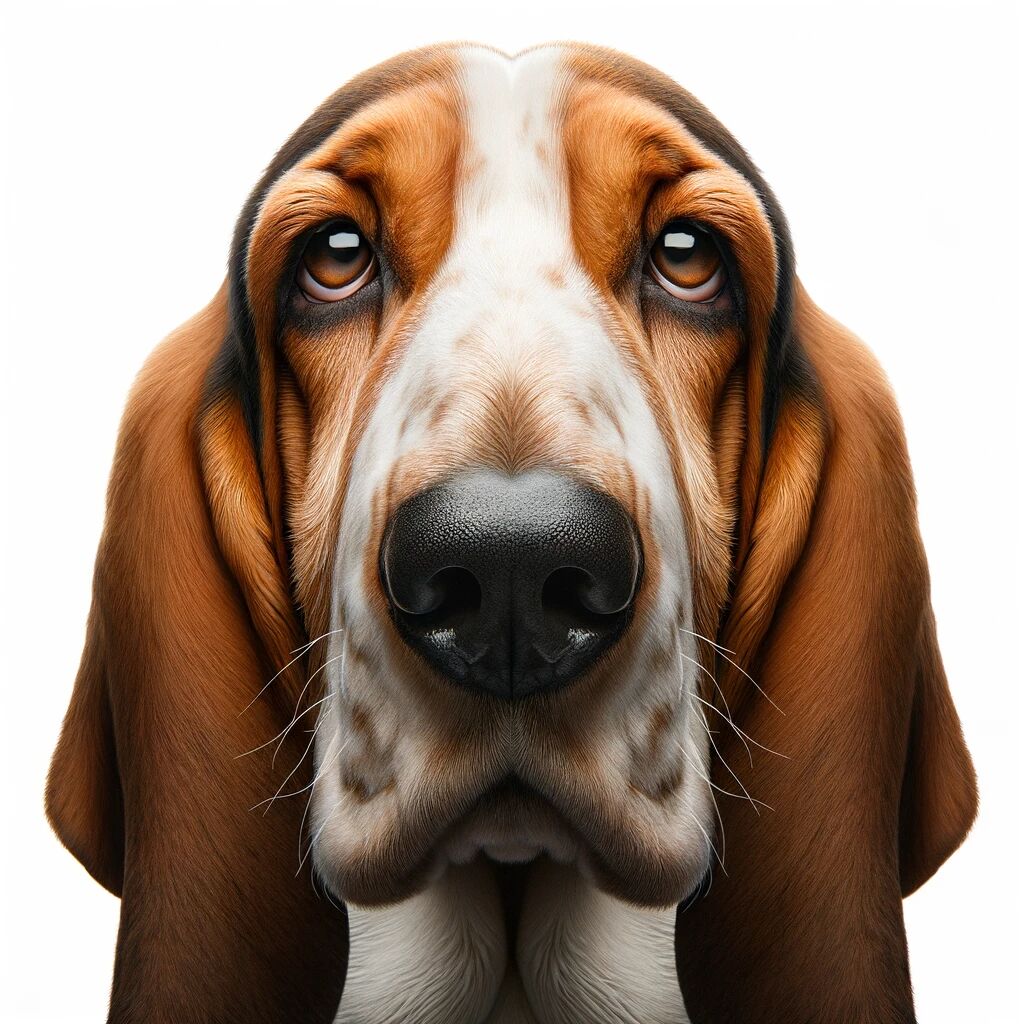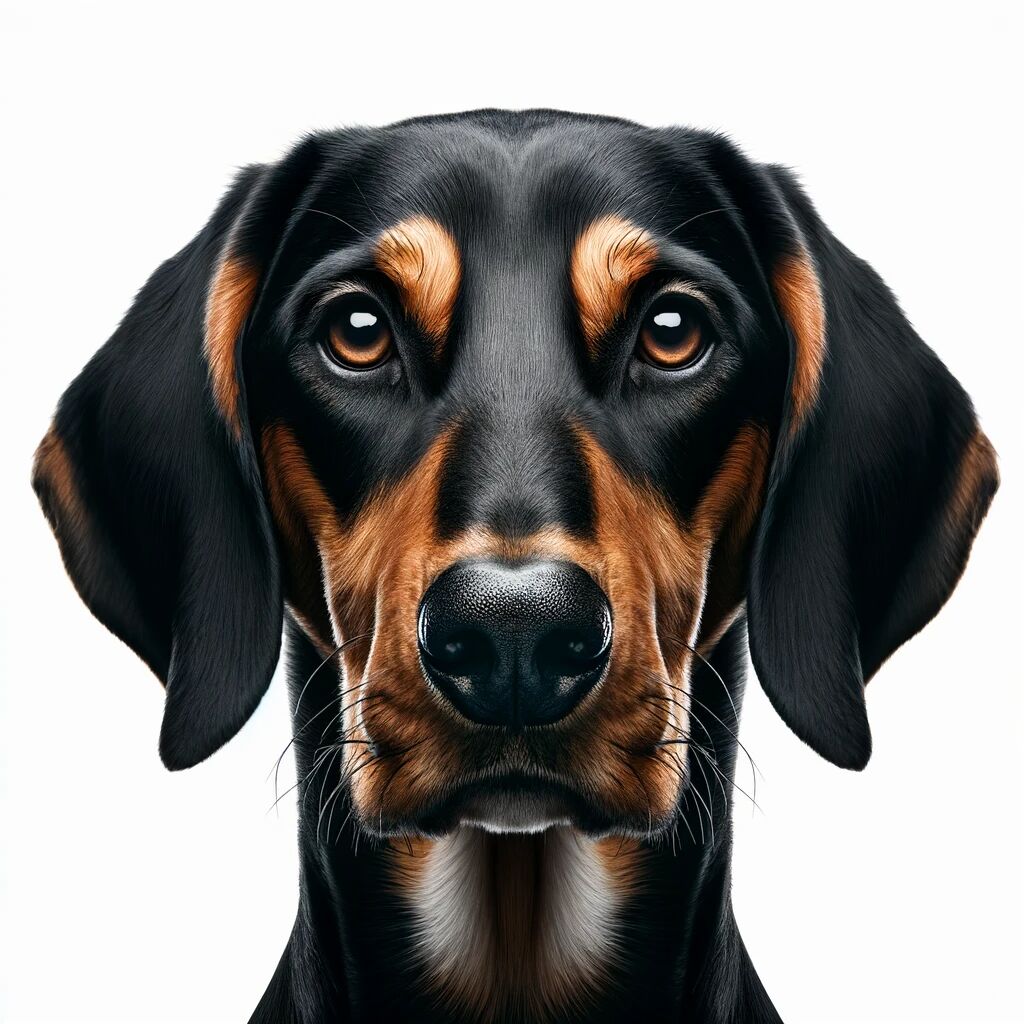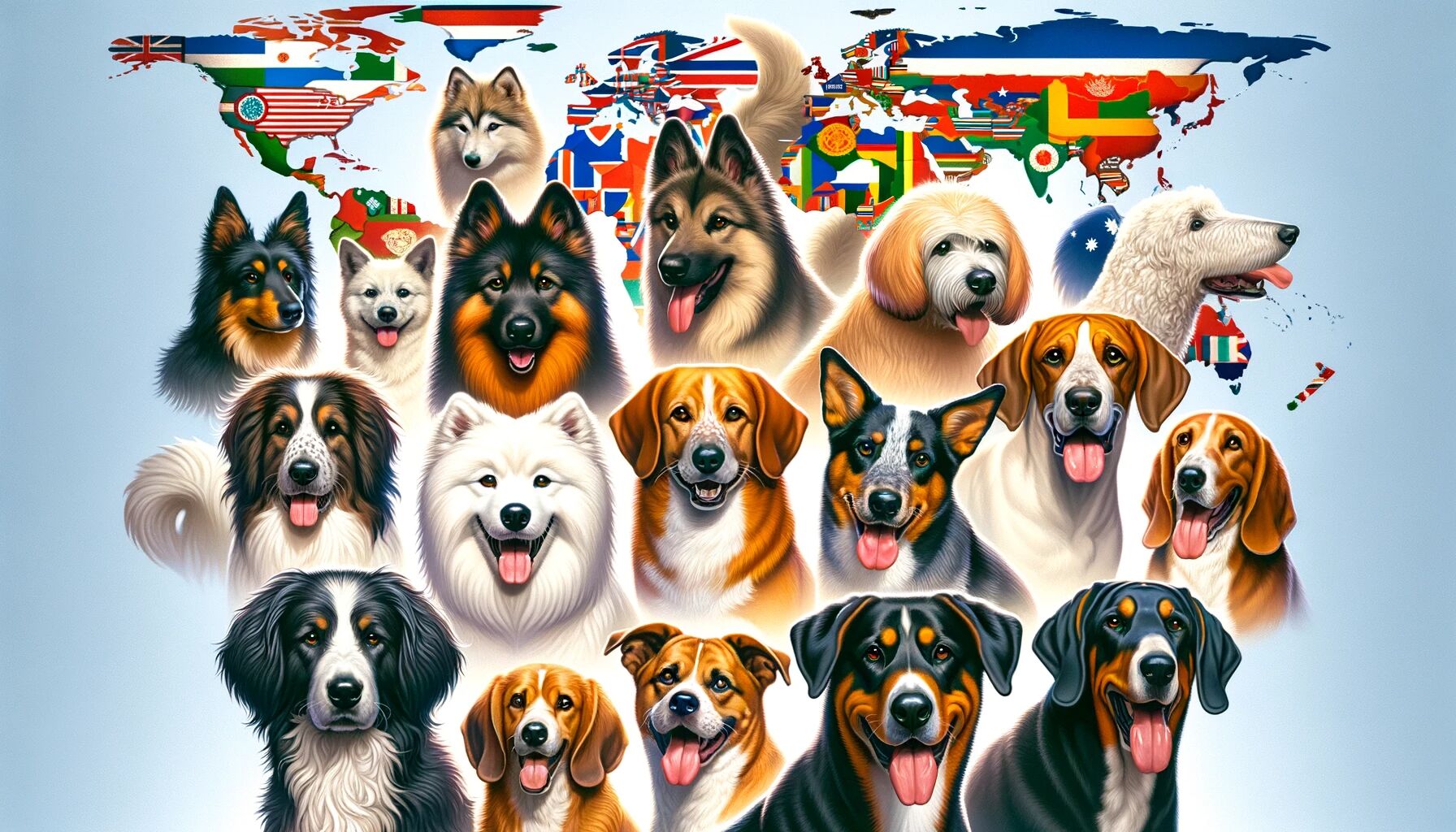Introduction
The Hound group represents a rich tapestry of breeds, each honed for specific tasks in hunting and tracking. With a heritage steeped in tradition, these breeds are broadly categorized into two types: scent hounds, celebrated for their unparalleled olfactory skills, and sight hounds, admired for their remarkable speed and visual acuity. This article delves into the distinctive qualities and abilities of these two categories, revealing their historical significance and their roles in the modern world.
Scent Hounds
Scent hounds are the olfactory experts of the canine world. Breeds like the Beagle and Basset Hound are endowed with a sense of smell that is second to none. These dogs use their powerful noses to track scents over long distances and through challenging terrains. Their physical characteristics, such as long, droopy ears and a robust build, are specially adapted to assist in trapping and following scents close to the ground. Historically, their baying and howling were essential for hunters to track their location during hunts.
In addition to their tracking prowess, scent hounds are valued for their perseverance and determination. They can follow a trail tirelessly, often for hours or even days. This relentless pursuit, combined with their melodious vocalizations, makes them excellent companions for hunting and tracking activities. Despite their working heritage, scent hounds are known for their gentle and amiable nature, making them well-suited for family life.
Sight Hounds
Sight hounds are the epitome of grace and speed in the dog world. Breeds such as the Greyhound and Whippet embody a sleek, streamlined form that enables them to chase down prey at incredible speeds. These dogs are equipped with acute vision, allowing them to spot and swiftly pursue moving objects. Their lithe and muscular build is perfectly designed for high-speed pursuits, making them formidable hunters in open terrain.
Despite their athletic prowess, many sight hounds have a surprisingly calm and gentle disposition. They are often content with short bursts of intense activity, followed by long periods of rest. This laid-back nature, combined with their elegance and poise, has made sight hounds popular both in the show ring and as family pets. Their independent yet affectionate temperament endears them to those who appreciate a dignified and somewhat aloof canine companion.
Training and Care
Training and caring for hound breeds require a tailored approach that respects their innate traits and instincts. Scent hounds, with their strong tracking instincts, often benefit from activities that engage their sense of smell, such as scent work or tracking games. However, their single-minded focus on scents can sometimes lead to distractions during training, requiring patience and persistence from their handlers.
Sight hounds, known for their independence and chase instinct, require secure spaces to exercise freely. Training these breeds often involves overcoming their natural inclination to chase, requiring consistent and gentle guidance. Despite their independent nature, sight hounds respond well to positive reinforcement techniques and can be trained to participate in activities like agility and lure coursing, which cater to their love of running.
Hounds in Modern Society
In contemporary society, hound breeds have found roles beyond hunting and tracking. Scent hounds, such as Bloodhounds, are often employed in search-and-rescue operations due to their exceptional tracking abilities. Their skill in following human scents over vast distances and through challenging conditions makes them invaluable in finding missing persons. Similarly, some Beagles are employed in scent detection roles, such as in airports for contraband detection, due to their acute sense of smell and small size.
Sight hounds, known for their gentle nature, have become popular as therapy dogs, providing comfort and support in various therapeutic settings. For example, Greyhounds, after retiring from racing, often transition to therapy work, where their calm and affectionate demeanor makes them excellent companions for individuals in hospitals or care homes. Additionally, their love for running is channeled into sports like lure coursing, where they can chase after a lure in a controlled environment, showcasing their natural speed and agility.
Conclusion
The world of hound breeds is a testament to the diversity and adaptability of dogs. From the scent-focused perseverance of scent hounds to the swift elegance of sight hounds, these breeds offer a unique blend of companionship and skill. Their historical significance and evolving roles in modern society highlight their enduring appeal and versatility as both working dogs and beloved pets.




 Breeds of the World
Breeds of the World